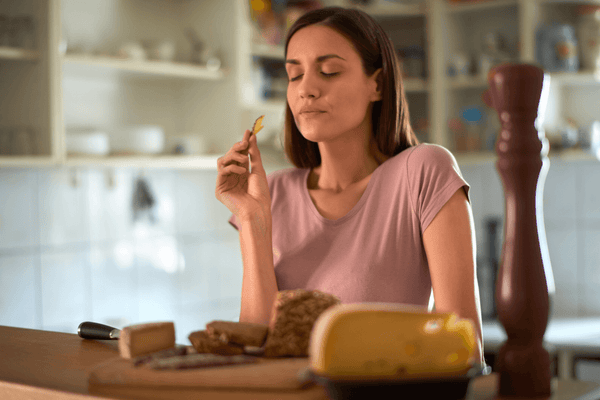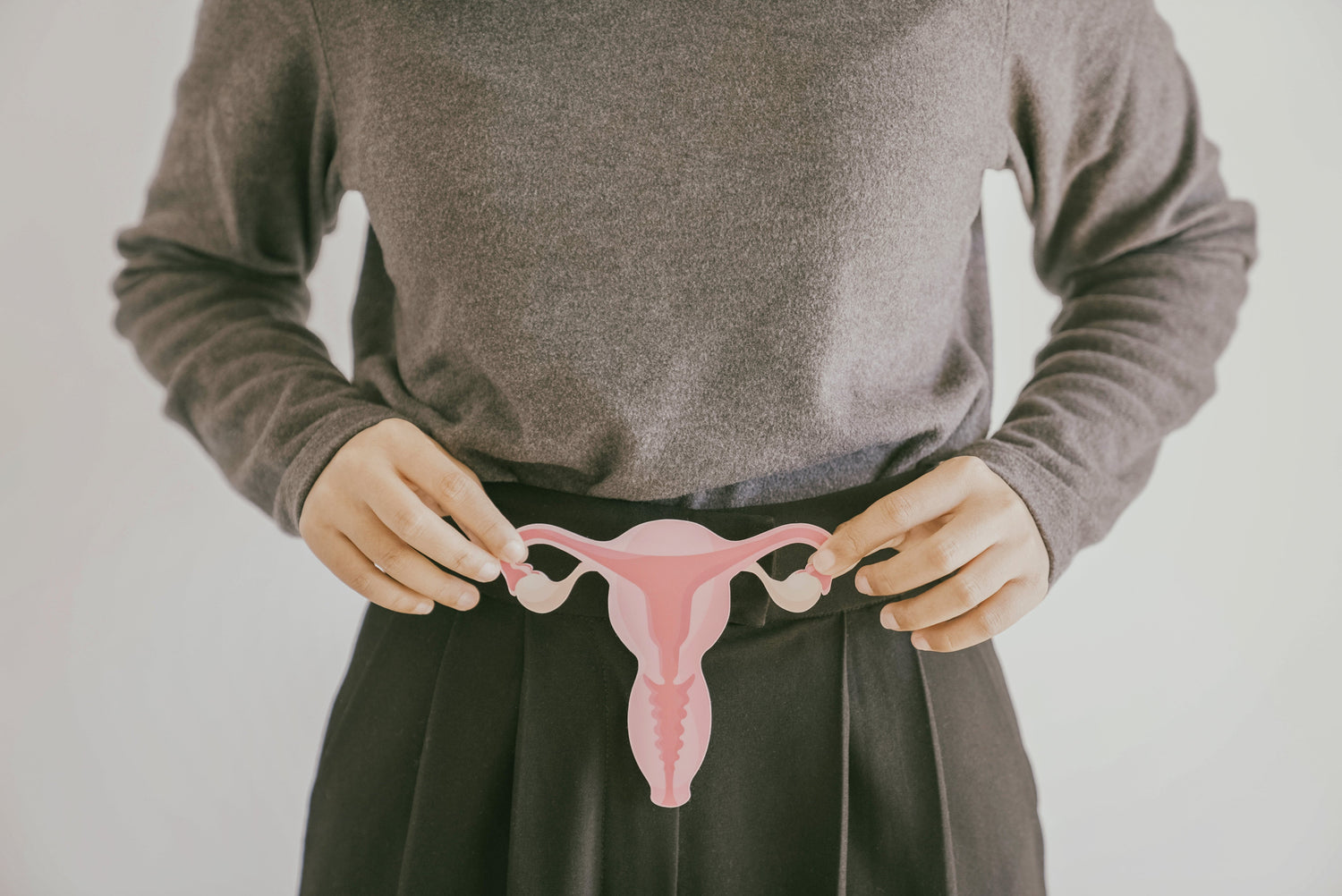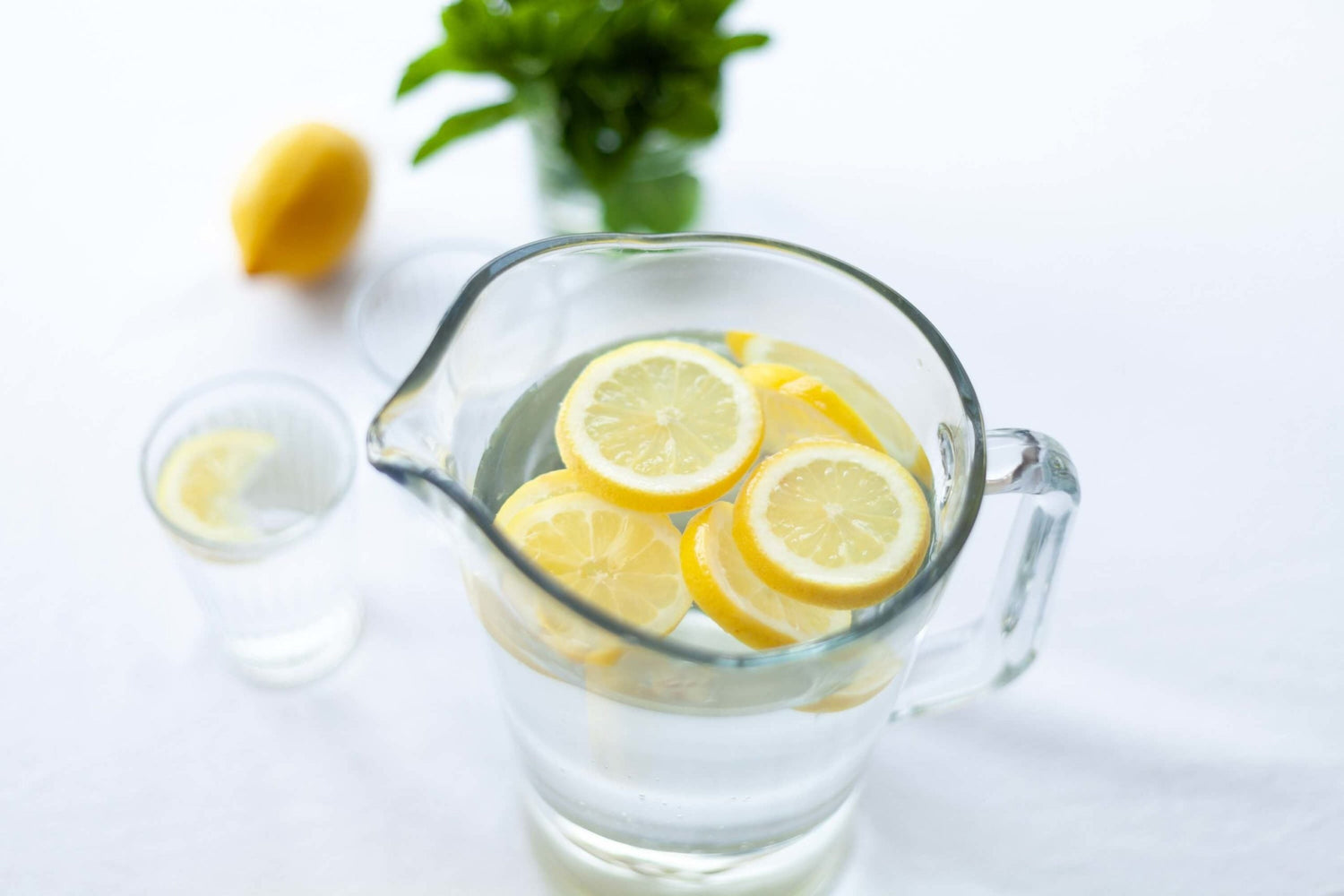Or to put it more simply: How do you poop?
Very few people talk about it, but most of us do it every day or at least every other day. For many it is part of their morning routine. Poop! We don't understand why this important topic is taboo for many people. We go into detail and take a close look at how digestion actually works. What happens inside us before we go to the toilet? When and where does digestion begin? A favorite topic for us and hopefully soon for you too.
The little helpers in you: your intestinal bacteria
Before we get to the topic digestion If you take a closer look, you should know that over 90% of the food we eat is absorbed, broken down and converted by our intestinal bacteria. Each bacterium performs different functions. Some produce vitamins, others participate in carbohydrate, fat or protein metabolism. She support us at the digestion and the Nutrient absorption . Our intestinal bacteria also help us Energy supply , the Intestinal regeneration and control mass transport (1).
Our digestive system is a complex and clever interaction between our body and our intestinal bacteria. Our body has two metabolic systems. If our body's metabolism cannot utilize certain nutrients, That of the bacteria helps us.
 As soon as we think about eating, we start producing stomach acid and saliva.
As soon as we think about eating, we start producing stomach acid and saliva.Let's imagine that we are eating a sandwich with cheese. Interestingly, just by thinking about our snack, we start producing stomach acid and saliva. This is where the saying comes from: “My mouth is watering just thinking about it.” This is how our body prepares itself for the meal.
Well chewed is half digested - this is where digestion begins!
From the moment we bite into the sandwich, it starts: chewing turns our food into a mush. Antibodies and lysozymes carry out the disinfection work and mucins (=mucinous substances) make our porridge slimy and ready to swallow.
Carbohydrates, proteins and fats are digested differently
The alpha-amylase ptyalin is a Enzyme , which actively participates in nutrient processing in the mouth thanks to the hydrogen carbonate buffer (pH value = 7-8) present there. The Carbohydrate digestion So it starts in the mouth. We owe the hydrogen carbonate buffer that acidic foods do not attack our tooth enamel. However, since the stomach has a very acidic environment (pH value = 1), the alpha-amylase ptyalin is inactive in the stomach. However, the acidic environment in the stomach is important because the hydrochloric acid there works antibacterial . It's a good thing that the so-called tongue base lipase is present in saliva, because it loves the acidic environment in the stomach and helps digest fat there. Fat digestion does not yet take place in the mouth. (2)
Now the bread porridge continues to flow through the telephone cable-like esophagus to the right side of the stomach. In the stomach will through Muscle activity our porridge crushed. It begins Protein cleavage : the previously mentioned hydrochloric acid activates pepsinogens to pepsins and the trivalent iron is reduced to divalent iron. (For those interested in chemistry: Fe 3+ -> Fe 2+ ). Pepsins convert proteins and polypeptides into peptides.
In the next step, tongue base lipase and gastric lipase come into play and help Fat digestion in the stomach. Something else very important happens: the intrinsic factor (=glycoprotein) binds vitamin B 12 . Why do I mention this specifically? This is the only way vitamin B can 12 be absorbed into the small intestine. vitamin B 12 is an important coenzyme for us that, together with folate, is involved in regulating the homocysteine concentration in the blood. This interaction between folate and vitamin B 12 is essential for cell differentiation and division - for example in DNA synthesis and blood formation.
 The small intestine consists of three sections: duodenum, jejunum and ileum.
The small intestine consists of three sections: duodenum, jejunum and ileum.
How is the small intestine?
After the stomach, food goes first Small intestine . This consists of three sections: duodenum (duodenum), jejunum (jejunum) and ileum (elbow). In the duodenum there are now also bile acid and pancreatic ducts. (3)
The entire intestine is surrounded by blood vessels that absorb and carry nutrients away. The blood vessels end in the portal vein, which leads to the liver. Our liver is our central metabolic organ and loves to store nutrients so that we have them at hand. After the sugar broken down in the small intestine moves through the intestinal wall, our liver takes a lot of glucose (=sugar) and stores it as a long-chain carbohydrate ( glycogen ). We can access this later if necessary and use it again as sugar and a source of energy. The remaining glucose “floats” into the general bloodstream. At night, when we sleep, the liver supplies us with sugar when needed and protects us from hyperglycemia after eating. (2)
What insulin is all about
(A little Side Fact : As soon as sugar enters the blood, the hormone insulin, which is produced in the ß cells of the islets of Langerhans in the pancreas, is released. Like a key, insulin unlocks cells to let the sugar in. That's why blood sugar levels fall - due to insulin. The pancreas acts like a blood glucose meter. The more and simpler the sugar we eat, the more insulin has to be produced and released. Therefore, complex carbohydrates are an important part of one healthy diet because it is more complicated, energy-consuming and time-consuming for enzymes to break down such carbohydrates. Complex carbohydrates lead to a slow rise in blood sugar and a longer feeling of satiety. Complex carbohydrates include starch (cereals, potatoes), glycogen (=storage carbohydrate in the liver and muscles) and fiber (legumes, nuts, vegetables, fruit). In addition, insulin is also released when fat and protein are consumed, but it reacts most strongly when blood sugar rises. (2) Intestinal bacteria live in our intestines and produce their own enzymes that help us break down carbohydrates.
Another function of our liver is the production of Bile . The bile is stored in the gallbladder. The bile acid neutralizes the hydrochloric acid through hydrogen carbonate. Bile salts, which are produced in the liver from cholesterol, and phospholipids form micelles (= fat droplets) in the duodenum.
The liver and intestines are connected. This cycle is called enterohepatic circulation . Around 98% of the bile salts produced in the liver are involved in this. Other substances such as estrogens, medications, cardiac glycosides, vitamin D, folic acid, vitamin B 9 , vitamin B 12 , bile pigment from hemoglobin (approx. 15%) and other toxins are not so easily removed in the stool, but are reabsorbed. (2) The diversity of our microbiome plays an important role here because a lack of intestinal bacteria can have a negative impact on liver metabolism (4). Our intestinal bacteria can also influence the properties of bile acid and therefore play a very important role (5).
And what's up with that Pancreatic saliva on yourself? The hydrogen carbonate neutralizes the hydrochloric acid and in the duodenum (= duodenum) the pancreas helps to break down fat using lipases. These lipases convert fat into free fatty acids and monoglycerides. Alpha-amylase (= the amylase that breaks down carbohydrates in the mouth) converts starch and glycogen into dextrin and maltose.
What happens to us when we have lactose intolerance
When carbohydrates cannot be fully digested, such as in lactose intolerance, the lactose cannot be absorbed by the intestinal cells and migrates to the large intestine. Here our intestinal bacteria take care of the milk sugar and break it down. This creates unpleasant by-products, which can be the cause of flatulence, abdominal pain and other complaints. (2)
And what do small intestinal microvilli secretions do? They complete the entire process: they ensure that our food becomes absorbable molecules. But what exactly are microvilli? To explain this, let's take a quick trip to the wall of the small intestine. It is folded several times to create a large contact area. This contact surface serves to absorb the nutrient building blocks into the blood. The folds of the small intestine have protrusions called intestinal villi. These villi in turn have further extensions, the microvilli.
The end of the chyme journey: the large intestine
And the best comes last: that colon. It is divided into transverse colon, ascending colon, appendix with appendix, descending colon, sigmoid colon and rectum (2). (Side fact: each of us has an appendix. This is where bad germs in particular are fought. If this is inflamed, it is called appendicitis).
The job of the large intestine is to absorb the pulp from the small intestine and thicken it into feces by removing water and electrolytes. In addition, important short-chain fatty acids, the food for our intestinal bacteria, are absorbed. These short-chain fatty acids, acetic, propionic and butyric acids, help modulate hunger and satiety. The salt of acetic acid binds to certain receptors and triggers feelings of satiety (1). The feces are then transported further and stored in the rectum. Ultimately he is eliminated. This is where the exciting journey for our cheese bread ends.
 How about an oat curly porridge with psyllium husks, berries and kiwi? Fiber for your microbiome.
How about an oat curly porridge with psyllium husks, berries and kiwi? Fiber for your microbiome.
In summary, ours Diet influence on ours Gut microbiome and our intestinal microbiome influences it recycling ours Nutritional intake . So it would only be fair to take good care of our intestinal bacteria and feed them their favorite food: fiber.
If you now want to find out how hard your own intestinal bacteria work for you, you can take your intestinal microbiome with you myBioma Have it analyzed and find out more. We hope that we have been able to remove some taboos from the topic of digestion. It's important to talk about it! If you have serious problems, we recommend speaking to an expert. Feel free to take a look at ours Therapist network around. If you have any questions, you can contact us at any time via: service@mybioma.com to reach.
Note
This article is intended for informational purposes only and should not be construed as medical information or instructions. The recipes are intended for inspiration and are not intended as therapeutic measures. If you have any health problems, we recommend that you contact a doctor or other expert immediately.References
- Fachgesellschaft für Ernährungstherapie und Prävention (FET) eV
- Elmadfa I. Ernährungslehre: UTB GmbH; 2019
- Silbernagl S, Draguhn A. Taschenatlas Physiologie: Thieme; 2018
- Schneider KM, Trautwein C. Die Darm-Leber-Achse bei nichtalkoholischer
- Fettlebererkrankung: molekulare Mechanismen und neue Targets. Der Gastroenterologe. 2020;15(2):112-22
- Chiang JYL, Ferrell JM. Bile Acid Metabolism in Liver Pathobiology. Gene Expression. 2018;18(2):71-87.





